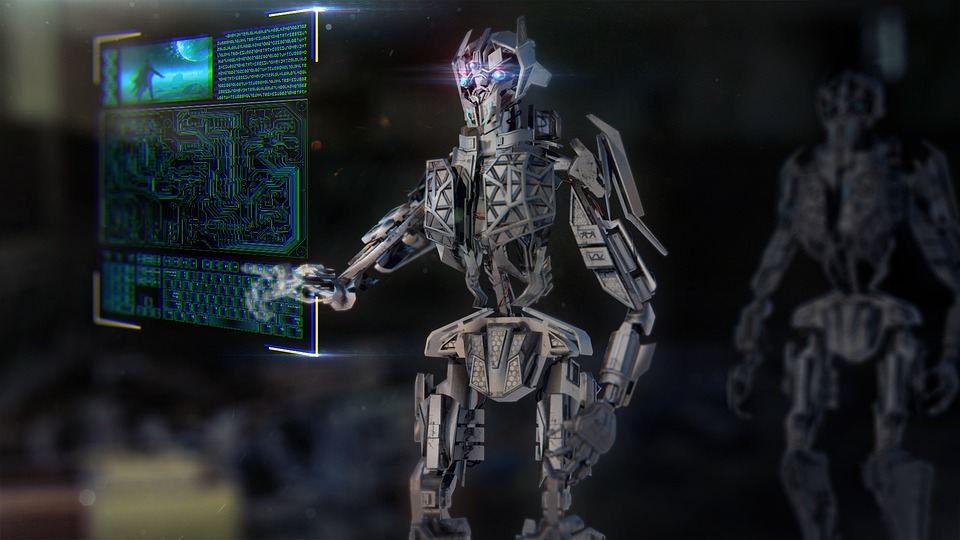3D Printing Sydney: How It All Started
The first idea of 3D printing was presented to the globe in 1980 as Fast Prototyping. Since that, technologies have increased into numerous variants of the same process– additive manufacturing.
At that time, additive production was a brand-new means of production. It indicates utilizing just the quantity of product required and offering considerable liberty in type and products. We are all aware of its most common kind: 3D printing. With the desktop computer 3D printer production, 3D printing reverberated with a big group of people. The outcome is the printing age we remain in today.
3D printing had massive growth over the ins 2015 and remains to do so. The continuously enhancing variety of 3D printing techniques cause a broadening selection of 3D printer producers.
The areas in their turn play and push the machines to limit, introducing brand-new ways of doing things and returning to the stable advancement of 3D printing Sydney.
This advancement and interaction have resulted in the development of several techniques to attain additive production. Every one of them has a unique take on exactly how you can publish an object.
3D Printing Sydney: The Different Kinds of Printing
Stereolithography
It is considered to be the oldest applied 3D printing method, and it is still utilized today. The innovation was patented in 1986, and it involves producing three-dimensional items out of liquid plastic with lasers.

Digital Light Processing
If stereolithography uses a laser, the DLP utilizes traditional light such as arc lamps. A significant advantage will be the premium feature of the published versions. Although this method likewise utilizes supports and requires ending up, it produces much less waste and has reduced running expenses after other methods.
Fused Deposition Modeling
One more leader in 3D printing innovation was first disclosed in ’80. It developed and turned into among the most taken on 3D printing worldwide. It develops parts through a method called extrusion that adds one layer and one more up until the design is done.
Selective Laser Sintering
It is like SLA. The significant discrepancy is that it utilizes powdered material. Its primary benefit is that it does not require using any support while printing. Because of this, one produces quality prints. The method likewise permits the use of metal as well as metallic alloys.

Selective Laser Melting
It is like the SLS innovation. It utilizes the same process for melting as well as merging metallic powders into 3D things. The distinction between sintering and melting is the state the product is in when developing the 3D item. With SLS, the product fumes enough to blend with itself. Nevertheless, with SLM, the product is entirely thawed to fuse to a homogeneous component. Pure steel is the only method to accomplish this.
Electronic Beam Melting
EBM utilizes an electron light beam to fuse various metal powders into the wanted version layer by layer. This procedure resembles SLM. It can utilize a wide array of products.
Laminated Object Manufacturing
LOM utilizes plastic, paper, or steel laminates that are hard-pressed and fused utilizing warmth. After that, a knife or laser reduces the layers into the wanted type complied with by post-processing for finishing. This approach of 3D printing has reduced running prices because of the accessibility of materials. It could develop significant components because of the lack of chemical reaction at the same time.
3D Printing Sydney: How It All Started Read More »





 When you look at them from afar, they tend to resemble the appearance of towering white sticks jutting out from rooftops with varying levels of height. With regard to finding a VHF antenna, how would you know that you’re picking the right fit for your boat?
When you look at them from afar, they tend to resemble the appearance of towering white sticks jutting out from rooftops with varying levels of height. With regard to finding a VHF antenna, how would you know that you’re picking the right fit for your boat? 

 Three-dimensional printing has come quite a distance within the last several years but still has quite a distance to go. The fees and increased need for mass manufacturing competent printers have pushed down the price of entry-level devices and has permitted smaller businesses to gain from the technology.
Three-dimensional printing has come quite a distance within the last several years but still has quite a distance to go. The fees and increased need for mass manufacturing competent printers have pushed down the price of entry-level devices and has permitted smaller businesses to gain from the technology.
